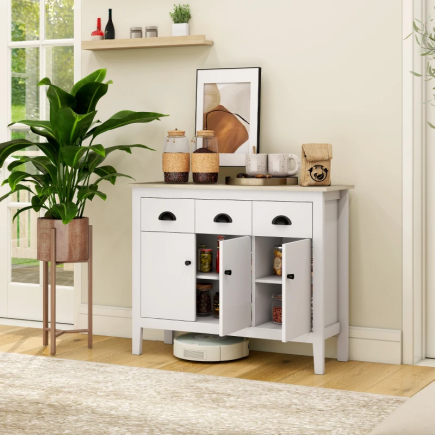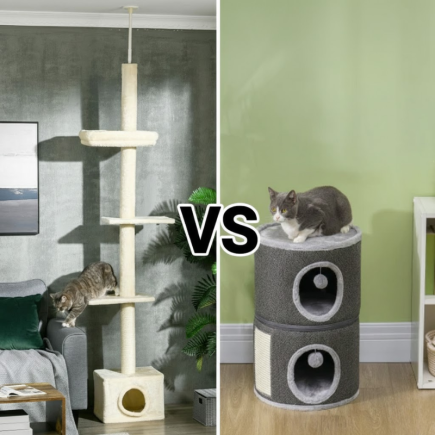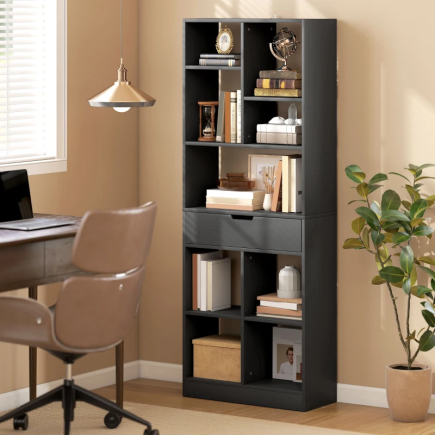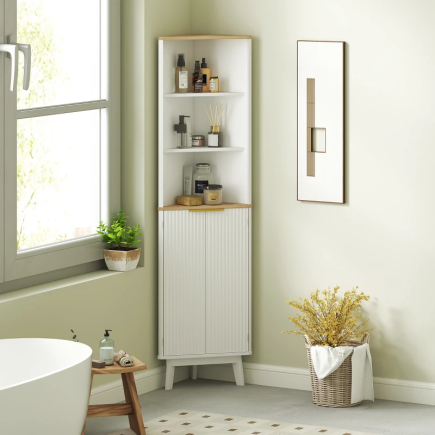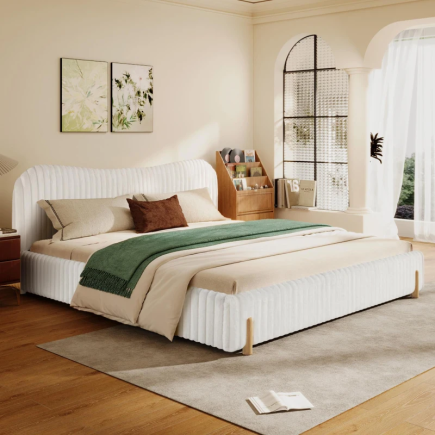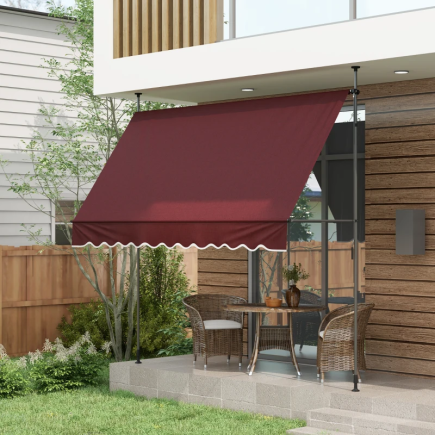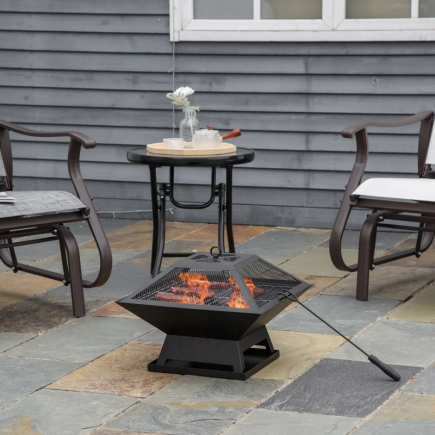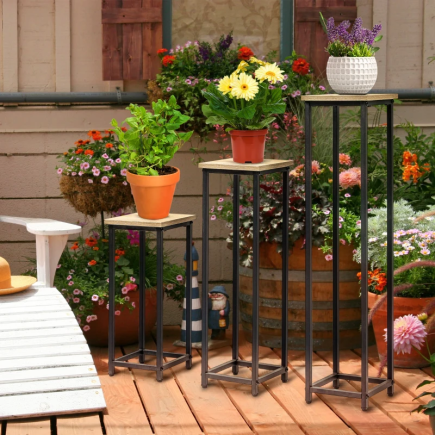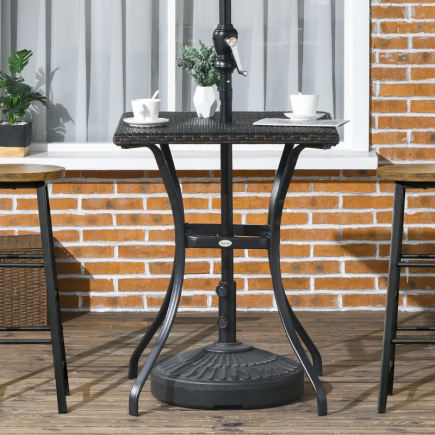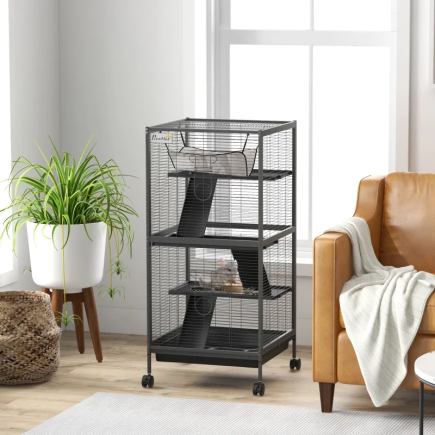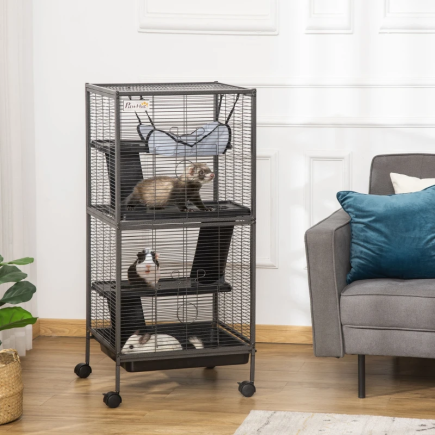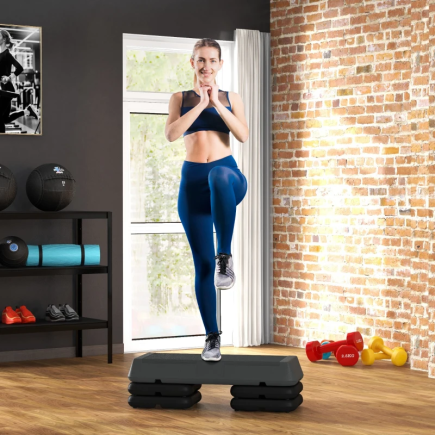A well-chosen dehumidifier can greatly improve your living space. By reducing excess moisture, it not only makes your home feel more comfortable but also protects it from problems like mold growth, musty smells, and damage to walls, floors, and furniture. For individuals with allergies or respiratory issues, controlling humidity levels can dramatically improve air quality and overall health.

Signs You Need a Dehumidifier
Before investing in a dehumidifier, it’s essential to recognize the signs that your home may need one. Some signs are easy to spot, while others may be subtler.
Common Signs:
- Musty or Stale Odors: Persistent, unpleasant smells are a clear indication of excess moisture.
- Condensation on Windows: If you see moisture on your windows, especially in the morning, it’s a sign that your indoor humidity is high.
- Visible Mold or Mildew: Check walls, ceilings, and windows for mold or mildew growth.
- Peeling Paint or Wallpaper: High humidity can cause paint or wallpaper to peel or bubble.
- Warped Wood: Wood floors and furniture can warp when exposed to excess moisture over time.
- Difficulty Drying Laundry: If your laundry takes longer to dry, high humidity might be the issue.
- Increased Allergy Symptoms: Persistent sneezing, congestion, or asthma-like symptoms may worsen due to high humidity.

Test Your Humidity Levels
To be sure, measure your home’s humidity with a hygrometer. The ideal range for indoor humidity is generally between 30% and 50%.
Understanding Dehumidifier Capacity: Pints Per Day
Dehumidifiers are rated based on how much moisture they can remove in 24 hours, expressed as pints per day. These ratings are typically measured under controlled conditions (65°F or 18°C and 60% RH), but actual performance can vary in real-world settings due to room temperature, airflow, and ventilation.
Matching Dehumidifier Size to Your Room
Choosing the right size Dehumidifier is crucial for both efficiency and cost. A unit that is too small will run constantly without managing the humidity effectively, while a unit that is too large will increase your initial investment.

Suggested Guide for Capacity by Room Size:
| Room Size (sq. ft.) | Mild Dampness | Moderate Dampness | Very Damp |
| Up to 500 sq. ft. | 20–22 pints | 30 pints | 35 pints |
| 500–1,000 sq. ft. | 30 pints | 35 pints | 50 pints |
| 1,000–2,000 sq. ft. | 35 pints | 50 pints | 50 pints+ |
Tip: If you’re uncertain, it’s generally better to opt for a larger capacity. It will run less frequently, saving you money in the long run.
Choosing the Right Type of Dehumidifier
There are three main types of dehumidifiers: compressor (refrigerant), desiccant, and thermoelectric. Each type has distinct advantages based on your needs.
1. Compressor (Refrigerant)
- Best for: Warm environments
- How it works: Uses cooled coils to condense moisture.
- Pros: Highly effective in large, humid spaces.
- Cons: Less efficient in cooler rooms.
2. Desiccant
- Best for: Cooler environments
- How it works: Uses a moisture-absorbing material to collect water.
- Pros: Performs better in cooler temperatures, quieter, and lighter.
- Cons: May use more energy in warmer spaces.
3. Thermoelectric (Peltier)
- Best for: Small rooms or cupboards
- How it works: Uses a thermoelectric module to condense moisture.
- Pros: Quiet and compact.
- Cons: Low moisture removal capacity.

Energy Efficiency and Running Costs
Dehumidifiers consume electricity, so it’s essential to consider their energy efficiency to minimize utility bills. Look for Energy Star-certified models and check the Integrated Energy Factor (IEF) , the higher the IEF, the more energy-efficient the unit.
Typical Power Draw
| Capacity | Power Use | Notes |
| 22 pints | ~300 W | Best for small spaces |
| 35 pints | ~500 W | Suitable for medium spaces |
| 50 pints | ~700 W | Ideal for large or very damp areas |
Tip: While larger-capacity units may seem less energy-efficient due to their higher power consumption, they often save more energy in the long run by running for shorter periods compared to smaller units. This means they can be more cost-effective over time despite a higher initial investment.
Noise Level Considerations
Dehumidifiers vary in noise output, which can impact where you place them. Noise is measured in decibels (dB), and a typical conversation is around 60 dB.
Placement Guide:
- Bedrooms/Offices: A dehumidifier operating between 40-60 dB (like the one shown in the image) is ideal for quiet environments, ensuring a peaceful atmosphere for sleep or work.
- Living Areas: Noise levels under 55 dB are comfortable for everyday activities.
- Basements/Garages: Noise is less of a concern in these areas, so dehumidifiers with higher noise output may still be effective.

Tip: Models with side exhaust can be quieter in certain placements, while top-exhaust models may mask compressor sounds better.
Water Removal and Drainage Options
How water is managed by the dehumidifier affects your routine. There are several options to consider:
- Manual Tanks: Must be emptied when full (1–8 liters depending on the model).
- Continuous Drainage: Uses a hose and gravity to direct the water to a drain.
- Built-in Pumps: Pushes water to a sink or window but may wear out faster.
Filter Systems and Maintenance
Many dehumidifiers come with washable air filters to trap dust, pet hair, and other large particles. Some use HEPA filters for capturing smaller allergens.
Maintenance Tip: Clean filters every 2–4 weeks during heavy use. A clogged filter reduces both efficiency and air quality.
Understanding Your Dehumidifier Control Panel
When choosing a dehumidifier, the control panel plays a significant role in ensuring a user-friendly experience. The dehumidifier in the image showcases a modern control panel with an LED display that allows for easy monitoring of humidity levels and settings.
Key Features:
- Lock Function: Prevents accidental changes, especially helpful in households with children.
- Speed Control: Allows you to adjust the airflow speed based on your needs, ideal for quickly reducing humidity or maintaining a steady pace for quieter operation.
- Timer: Set the dehumidifier to turn on or off at specific times, offering convenience and energy efficiency.
- Humidity Display: Shows the current room humidity level, so you can track the effectiveness of the unit.
- Mode Selection: Choose different operational modes, such as normal or dry, depending on your environment and season.
- Power Button: Easily turn the unit on or off as needed.
These features enhance both the usability and efficiency of the dehumidifier, helping to manage humidity levels seamlessly in various settings. Whether you’re using it in a basement, living room, or bedroom, the control panel makes it easy to fine-tune your settings.

Portability and Design Considerations
For those who plan to move the dehumidifier around, features like caster wheels and sturdy handles add a layer of convenience, while the compact design ensures it doesn’t take up too much space. Plus, the easy-to-read control panel shown in the image makes operating the device simple and hassle-free.
Extra Features That Add Comfort
Some dehumidifiers come with added features such as:
- Clothes drying functions.
- Air purification capabilities.
While these are not essential, they can make the unit more versatile.
Final Checklist for Confident Purchasing
Before making a final decision, confirm that:
- The capacity matches your room size and humidity level.
- The type suits your climate.
- Energy efficiency aligns with your budget.
- The noise level works for your intended location.
- The drainage option fits your routine.
Choosing the right dehumidifier is more than just picking a machine, it’s about finding a solution that fits your space, climate, and lifestyle. The right unit will quietly manage excess moisture, protect your home from hidden damage, and improve the air you breathe every day.
FAQs
1. Can I run my dehumidifier in a room with the windows open?
Running it with windows open will reduce efficiency because outside humidity will keep entering the space. For best results, close doors and windows so the unit can work in a controlled environment.
2. What should I do if my dehumidifier is blowing warm air?
Some warmth is normal because the compressor generates heat. If the air is excessively hot, clean the air filter and ensure the vents are clear to prevent overheating.
3. Is it okay to use an extension cord with a dehumidifier?
It’s generally not recommended, as extension cords can overheat under continuous load. If needed, use a heavy-duty cord rated for the unit’s wattage and length requirements.

